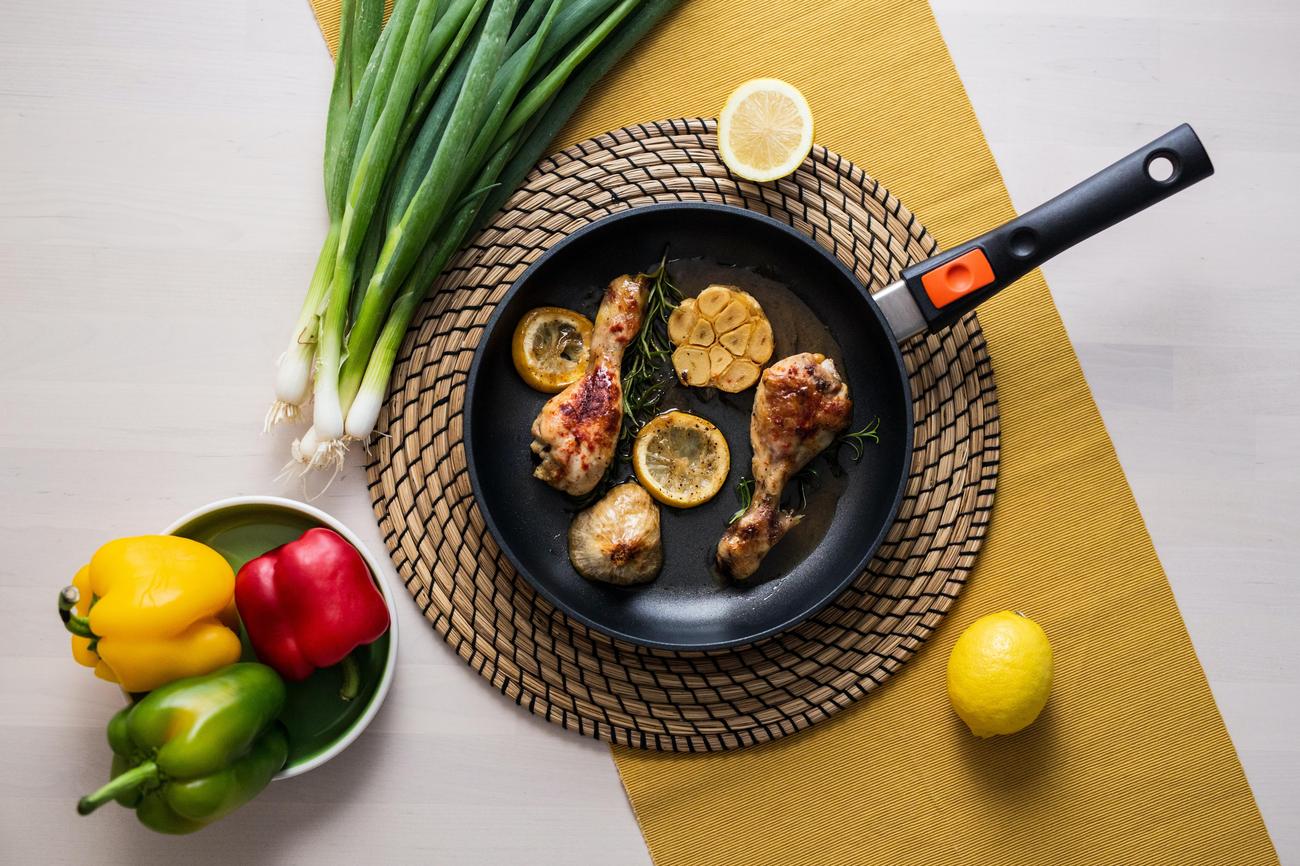Are you ready to unlock the melodic mysteries of the captivating world of steel pans? Look no further! In this article, we will dive into the rich history, intricate construction, mesmerizing playing techniques, and cultural significance of these enchanting percussion instruments. As a passionate and experienced music enthusiast, and with years of expertise in steel pans, I am thrilled to present to you a collection of fascinating facts that will leave you mesmerized. So, buckle up and get ready to embark on a musical journey like no other!

Steel Pans Facts
Steel pans are truly fascinating musical instruments. They hold a unique place in the world of music, as they are the only new instrument invented in the 20th century. Originating from Trinidad and Tobago, steel pans have a rich history deeply intertwined with the vibrant Carnival celebrations of the islands. Let’s dive into the captivating world of steel pans and uncover some intriguing facts that will enhance your understanding of these mesmerizing instruments.
The Birth of Steel Pans
The story of steel pans begins with the resourcefulness and creativity of the people of Trinidad and Tobago. In the early 20th century, the British rulers of the islands banned the use of traditional African drums during Carnival festivities. Undeterred, the locals turned to discarded oil drums as an alternative. Through experimentation and ingenuity, they discovered that by hammering and shaping the drums, they could create different pitches and notes. Thus, the steel pan was born, a true testament to the indomitable spirit of the Trinidadian people.
“The birth of steel pans showcases the indomitable spirit and resourcefulness of the Trinidadian people, who transformed discarded oil drums into extraordinary musical instruments.”
The Unique Construction
One of the most captivating aspects of steel pans is their construction. These instruments are made from recycled oil drums, carefully crafted to produce their distinctive sound. The drum is first flattened into a circular shape, and then the surface is carefully hammered into a concave shape. This surface, known as the playing surface, is where the musician strikes the instrument to produce the desired notes. At the center of the steel pan is a smaller, cylindrical resonator, which enhances the sound and gives it a captivating depth.
“The construction of steel pans involves transforming discarded oil drums into captivating concave surfaces that produce enchanting melodies, while the cylindrical resonator adds a touch of depth and richness to the sound.”
Chromatic Pitched Percussion
Steel pans are truly versatile instruments, capable of playing a wide range of notes and pitches. Unlike other percussion instruments, steel pans are chromatically pitched, meaning they can play both sharps and flats. This allows pannists to perform intricate melodies and harmonies, creating a captivating musical experience for both performers and audiences alike. With a set of different-sized steel pans, a skilled pannist can play a complete chromatic scale, captivating listeners with a full range of musical possibilities.
“Unlike traditional percussion instruments, steel pans offer an exceptional range of notes and pitches. Their chromatic nature allows skilled pannists to weave intricate melodies and harmonies that captivate the hearts of listeners.”
The Art of Pannists
Those who master the art of playing steel pans are known as pannists. These talented musicians use specially-designed mallets or their hands to strike the steel pan’s playing surface, producing beautiful and melodic sounds. Pannists often come together to form steel bands or orchestras, creating a powerful and harmonious ensemble that showcases the true potential of steel pans. From the infectious rhythms of calypso to the soul-stirring melodies of classical music, pannists have the ability to transport audiences to another world through the mesmerizing sounds of their steel pans.
“Pannists, the skilled artists who can elicit enchanting melodies from steel pans, bring people together through the power of music. Whether performing calypso or classical pieces, their artistry and mastery evoke emotions and transcend boundaries.”
In conclusion, steel pans are more than just musical instruments. They embody the creativity, resilience, and rich cultural heritage of the Trinidadian people. From their humble origin as discarded oil drums to their evolution into chromatically pitched percussion instruments, steel pans have captured the hearts of musicians and audiences around the world. So next time you hear the enchanting sound of steel pans, take a moment to appreciate the fascinating facts behind these magical instruments.
“Steel pans not only captivate us with their enchanting melodies but also serve as a testament to the creativity, resilience, and rich cultural heritage of the Trinidadian people.”
Steel pans, also known as steel drums, are fascinating musical instruments that originated in Trinidad and Tobago. These instruments are made from large oil barrels and produce beautiful melodic tones that are sure to captivate anyone who listens. If you’re interested in learning more about steel pans and their history, check out our comprehensive guide on Facts About Steel Pans. With this informative resource, you’ll gain a deeper understanding of the intricate craftsmanship behind these unique instruments. Don’t miss out on the chance to explore the world of steel pans – click here to discover more: Facts About Steel Pans.
FAQ
Question 1
What is the history of steel pans?
Answer 1
Steel pans are the only new instrument invented in the 20th century. They originated from Trinidad and Tobago and were used in Carnival celebrations. These instruments evolved from the rhythmic beating of biscuit tins and other materials found on the island.
Question 2
How are steel pans made?
Answer 2
Steel pans are made from recycled oil drums. The drums are carefully crafted with a concave playing surface and a cylindrical resonator. Skilled pan makers shape the playing surface by carefully pounding and tempering the metal to create the desired pitch and tone.
Question 3
Can steel pans play different notes?
Answer 3
Yes, steel pans are chromatically pitched percussion instruments, which means they can play different notes. Each pan is tuned to a specific pitch, allowing pannists to create melodies and harmonies. The range of notes depends on the size and type of pan.
Question 4
Who plays steel pans?
Answer 4
Steel pans are played by musicians called pannists. These talented individuals have developed the skill and technique to create beautiful music on these instruments. Pannists often come together to form steel bands or orchestras, where different pans play different parts, creating a rich and layered sound.
Question 5
What is the cultural significance of steel pans?
Answer 5
Steel pans hold great cultural significance in Trinidad and Tobago and beyond. They are deeply rooted in the history and traditions of the Caribbean and are emblematic of the vibrant and joyful spirit of the region. Steel pans have become a symbol of national pride and are celebrated in festivals and performances worldwide.
















